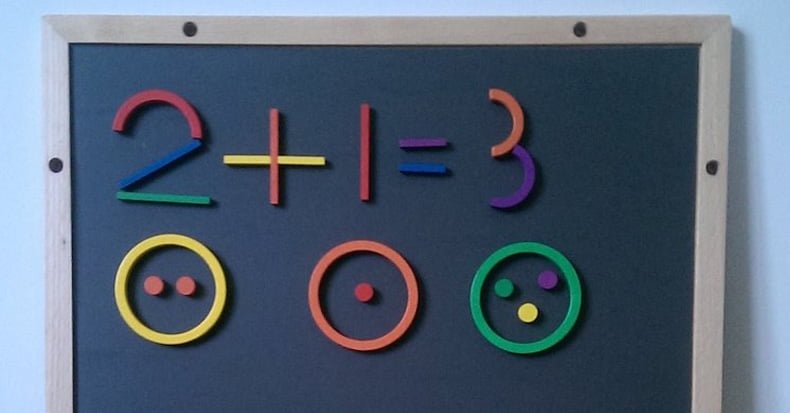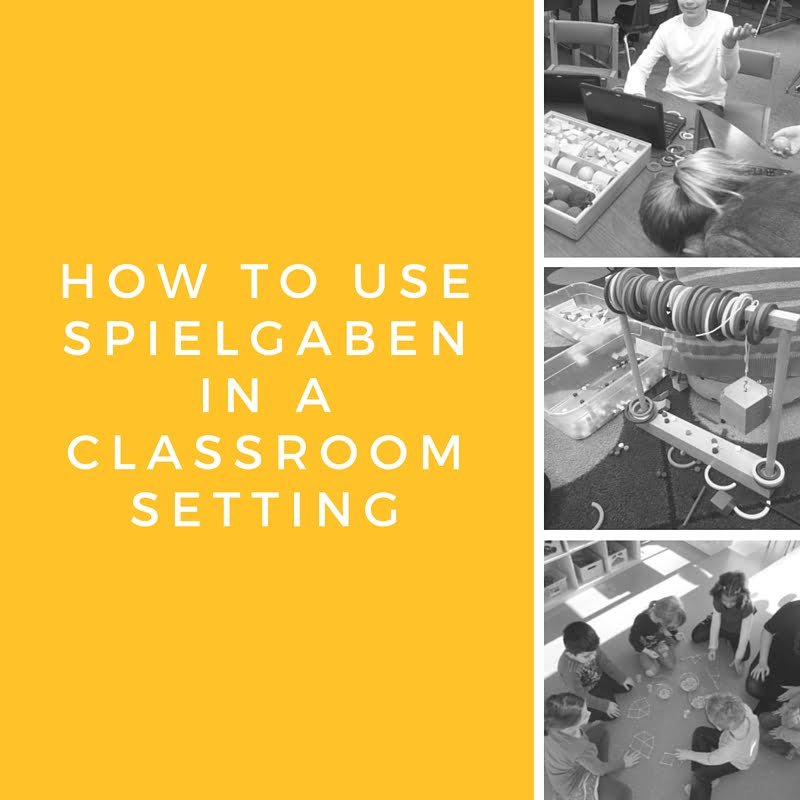The Common Core State Standards-Where does play fit in?
The Common Core State Standards-Where does play fit in ? If you are an elementary teacher in the United States, chances are that you have heard about the Common Core State Standards. The Common Core State Standards are a set of academic standards that have been adopted by forty five states so far. While different states are at different points in their implementation, there are radical changes that are happening in schools across the nation as a result of this ambitious undertaking.
The Common Core State Standards take a different approach than many schools may be used to, most especially when it comes to math. Traditionally, math has been taught as a series of rules and formulas. Instead of rote memorization, math in the age of the Common Core (CCSS) is all about understanding, connecting, applying and explaining. The goal of the CCSS math standards is to create students who possess a true number sense, and can solve problems using a variety of strategies.
A shift for both teachers and students occurs when students are asked to explain their reasoning to show how they got a solution. Instead of just asking for an answer, math in the CCSS era asks students to rationalize their thinking by providing a written explanation, a diagram, drawing or some other sort of visual representation to explain their thought process. For young students drawing pictures or demonstrating with manipulatives is a powerful way for them to explain their thinking to others.
Math Standards for Kindergarten
Each grade level has standards which build upon those covered in previous grades, beginning with Kindergarten. In kindergarten there are several standards, but it is suggested that the majority of time be spent covering two critical areas. The first main goal in kindergarten is representing and comparing whole numbers, initially with sets of objects. The second main goal is describing shapes and space. There are other standards involving things like measurement and algebraic thinking, but again the majority of time is best spent in the two previously mentioned areas.
The standards for geometry for kindergarten:
Identify and describe shapes.
- CCSS.Math.Content.K.G.A.1 Describe objects in the environment using names of shapes, and describe the relative positions of these objects using terms such as above, below, beside, in front of, behind, and next to.

- CCSS.Math.Content.K.G.A.2 Correctly name shapes regardless of their orientations or overall size.
- CCSS.Math.Content.K.G.A.3 Identify shapes as two-dimensional (lying in a plane, “flat”) or three-dimensional (“solid”).
Analyze, compare, create, and compose shapes.
- CCSS.Math.Content.K.G.B.4 Analyze and compare two- and three-dimensional shapes, in different sizes and orientations, using informal language to describe their similarities, differences, parts (e.g., number of sides and vertices/“corners”) and other attributes (e.g., having sides of equal length).
- CCSS.Math.Content.K.G.B.5 Model shapes in the world by building shapes from components (e.g., sticks and clay balls) and drawing shapes.
- CCSS.Math.Content.K.G.B.6 Compose simple shapes to form larger shapes. For example, “Can you join these two triangles with full sides touching to make a rectangle?”
These standards can be approached from a variety of methods, but this strand truly lends itself to play based learning through exploration. Using a set of toys or manipulatives like the Spielgaben is the perfect avenue for allowing children to truly learn about attributes of different two and three dimensional shapes as well as the relationships between them.
You can see from the pictures above how students have used the Spielgaben to explore just the types of items that are covered by the CCSS. Children truly develop a sense of geometric and spatial reasoning by using hands-on manipulatives and are highly motivated by this type of investigation.
The Spielgaben and other types of materials are the perfect avenue for covering some of the standards for geometry, and can be used into first and second grade as well for further exploration of geometric relationships.













Comment (1)
Hi! I have been reading blogs from Teach Preschool, Imagination Tree, Learn with Play at Home, 1+1+1=1 for 2 years now. I started when my daughter was 3years old and was nonverbal, but she started to read at that age and then was diagnosed with autism. She had speech therapy and at the same time we did activities from the blogs i have been following and it helped her a lot. From age 3 having a receptive and expressive language of an 18month child, she was now able to catch up with children her age. I believe that playing at home with purpose has played an important role in her development. I want to purchase the product for my kids ages 5 and 3 but through what age can children play the toys? Do you still provide discounts?
Thank You.
Rachelle